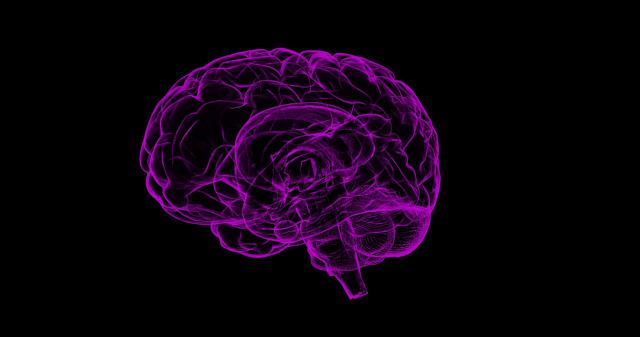
When it comes to understanding the brain and the affects trauma can have on this vital organ, a simple hand model is sometimes used. If you tuck your thumb in like you were signaling the number four, your thumb represents the downstairs brain. Your downstairs brain is responsible for responding to threats – our fight, flight, or freeze response. When you fold your four remaining fingers over the top of the thumb, that represents the upstairs brain. The upstairs brain is where our problem-solving abilities live.
When a child has experienced trauma over and over again, their downstairs brain muscle has been exercised so much that it takes over the upstairs brain. It becomes the automatic reaction to situations that might not be meant to cause stress. The only way out of this trap is through emotional regulation skills and connection to calm down the downstairs brain and bring the upstairs brain back online.
When discussing this with kids, it can be helpful to describe these different parts using animals such as the barking dog and the wise owl. When the dog feels threatened, it begins barking (fight, flight, or freeze), and the owl flies away. The only way to move past the threat is to calm it down with regulation skills until the wise owl can return with problem solving skills.
As a parent, your tendency might be to approach a melt down with strategies that appeal to the wise owl, such as redirection and consequences. However, a child that has experienced trauma will be operating out of their barking dog. What they need instead is connection and then redirection. Once they have calmed that barking dog, they can receive the instructions with the wise owl.
Examples of these emotional regulation skills could be to practice blowing out the candles on a birthday cake, taking deep breaths, or pretending to blow bubbles. There are so many great exercises for practicing deep breathing on the other end of a quick google search.
This information was gleaned from the following video. Feel free to give it a watch if you are more of a visual or auditory learner. https://www.youtube.com/watch?v=-qnS7IoIHK0
